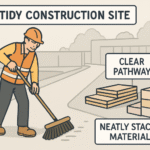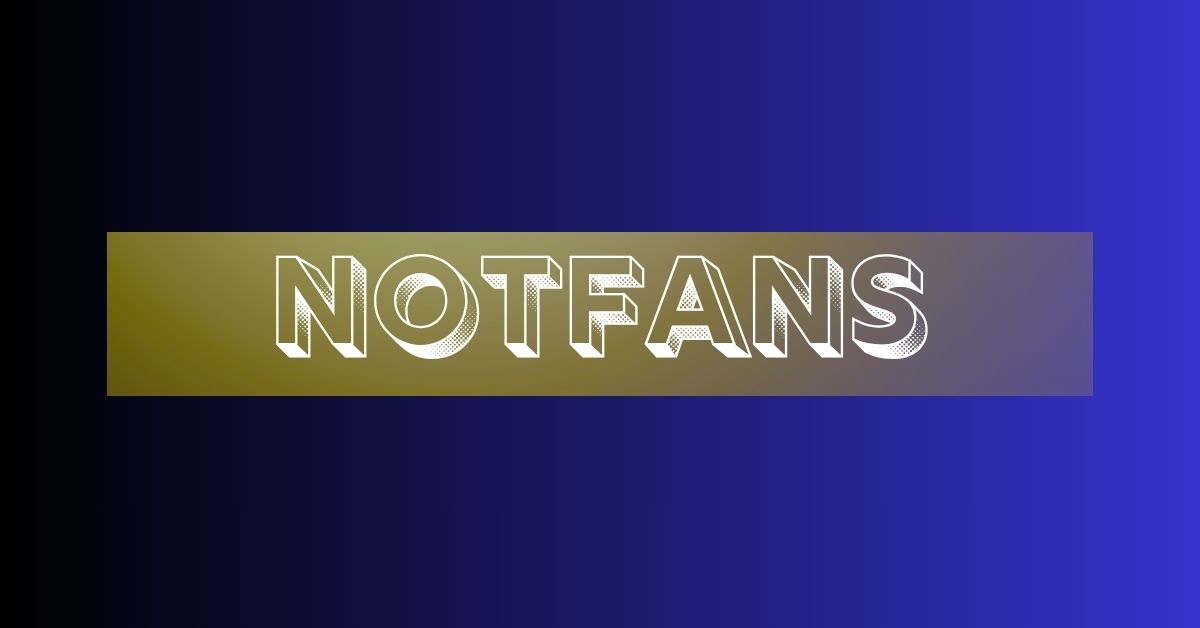The clarinet is a woodwind instrument that has been captivating music enthusiasts for centuries. Known for its rich tone and versatile range, the clarinet plays a key role in orchestras, bands, and even solo performances. In this guide, we will explore the history of the clarinet, its structure, different types, and how beginners can start their journey to mastering the instrument.
History of the Clarinet
The clarinet’s origins trace back to the late 17th century, evolving from earlier single-reed instruments like the chalumeau. Johann Christoph Denner, a German instrument maker, is credited with developing the modern clarinet around 1700. Denner’s clarinet had two keys, which allowed players to extend its range compared to the chalumeau.
Over time, more keys were added to the instrument to improve its playability and sound quality. By the 19th century, the clarinet had become a standard in orchestral music, with composers such as Mozart and Beethoven incorporating it into their works. The instrument’s versatility made it popular not only in classical music but also in jazz, marching bands, and even popular music.
Structure of the Clarinet
The clarinet consists of five main parts: the mouthpiece, barrel, upper joint, lower joint, and bell. Each part plays a crucial role in producing the instrument’s distinctive sound.
Mouthpiece: This is where the player blows air into the clarinet. It holds the reed, which vibrates to produce sound.
Barrel: The barrel connects the mouthpiece to the upper joint and helps adjust the instrument’s tuning.
Upper Joint: The upper joint contains most of the keys and tone holes that the player presses to create different notes.
Lower Joint: Similar to the upper joint, the lower joint also has keys and tone holes that control the pitch.
Bell: The bell helps project the sound, especially the lower notes.
Types of Clarinets
Though the B-flat clarinet is the most commonly used type, there are several other types of clarinets. These include the A clarinet, bass clarinet, and the E-flat clarinet.
B-flat Clarinet: This is the standard clarinet found in most school bands and orchestras. It is versatile and used in a variety of musical genres.
A Clarinet: The A cla’rinet is used primarily in classical music, especially in symphonic and chamber music. It is pitched slightly lower than the B-flat clarinet.
Bass Clarinet: The bass cla’rinet is larger and produces a much lower pitch, often adding depth to orchestral and band performances.
E-flat Clarinet: This is a smaller, higher-pitched cla’rinet, commonly used in orchestras to add brightness and clarity to the music.
How to Play the Clarinet
Playing the cla’rinet requires mastering several techniques, from proper embouchure to finger positioning. Here are some tips to help beginners get started:
Embouchure: This refers to how a player forms their lips and mouth around the mouthpiece. The key to a good sound is keeping the embouchure firm but relaxed, allowing the reed to vibrate freely.
Breathing: Since the cla’rinet is a wind instrument, breath control is crucial. Players must take deep breaths and exhale steadily to produce a consistent tone.
Fingering: Learning the correct finger placement for each note takes practice. Beginners should start by mastering basic scales, as this will help with muscle memory and familiarity with the instrument.
Posture: Good posture is essential when playing the cla’rinet. Sitting up straight or standing with relaxed shoulders allows for better breath control and makes it easier to play for extended periods.
Practice: Regular practice is essential for improving on the cla’rinet. Beginners should aim to practice for at least 20-30 minutes a day to build skill and endurance.
Benefits of Learning the Clarinet
The cla’rinet offers numerous benefits, especially for those looking to develop their musical abilities. Some of these include:
Improved concentration: Learning to play the cla’rinet involves focusing on reading music, finger placement, and breath control, which enhances mental focus.
Creativity: Playing the cla’rinet allows musicians to express themselves creatively, whether through improvisation in jazz or interpreting a classical piece.
Social connections: Being part of a band or orchestra offers opportunities to connect with other musicians and build friendships.
Physical benefits: Playing the cla’rinet helps improve lung capacity, finger dexterity, and overall coordination.
Learning Resources for Clarinet Beginners
There are several resources available for those interested in learning the cla’rinet. Beginners can take lessons from a music teacher, join a school band, or even follow online tutorials. Some online platforms offer free or paid courses that guide students from the basics to more advanced techniques.
Sheet music for beginners is also widely available. Starting with simple songs helps build confidence and prepares players for more challenging pieces. Additionally, cla’rinet method books, such as the Rubank series or the Klosé method, are valuable for structured learning.
Common Challenges for Clarinet Players
Like any instrument, the cla’rinet comes with its own set of challenges. Some common issues that beginners face include:
Squeaking: This is often caused by improper embouchure or reed placement. Ensuring the mouthpiece and reed are aligned correctly can reduce squeaking.
Breath control: Some players may struggle with maintaining a steady airflow, which affects the sound quality. Practicing breathing exercises can help.
Finger coordination: Learning to move fingers quickly and accurately between keys can be difficult at first. Slow practice and repetition are key to overcoming this challenge.
Clarinet Care and Maintenance
Taking care of a cla’rinet is important to ensure it remains in good condition. Clarinets should be cleaned after each use by removing the reed, swabbing the inside, and wiping down the keys. Regular maintenance, such as oiling the keys and checking for cracks, will prolong the instrument’s lifespan. Additionally, players should replace reeds regularly, as they wear out over time and can affect the sound quality.
Conclusion
The cla’rinet is a rewarding instrument to learn, offering musical variety and a rich tradition. With dedication and practice, anyone can develop the skills to enjoy playing this versatile woodwind instrument.
FAQs
What is the best clarinet for beginners?
The B-flat cla’rinet is recommended for beginners as it is widely used in schools and offers a good balance between ease of playing and versatility.
How long does it take to learn the clarinet?
With regular practice, beginners can start playing simple tunes within a few months. However, mastering the instrument may take several years.
How often should I replace my clarinet reed?
Reeds should be replaced every two to four weeks, depending on how often you play. A worn-out reed can negatively affect your tone.
Can I learn the clarinet on my own?
While self-learning is possible, taking lessons from a teacher is highly recommended for proper technique and faster progress.
What are some popular clarinet brands?
Some well-known cla’rinet brands include Buffet Crampon, Yamaha, and Selmer. These brands offer high-quality instruments for both beginners and professionals.











